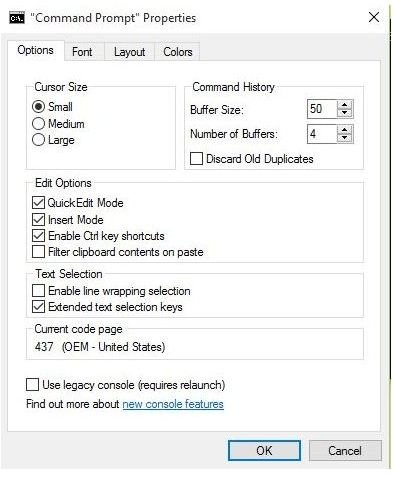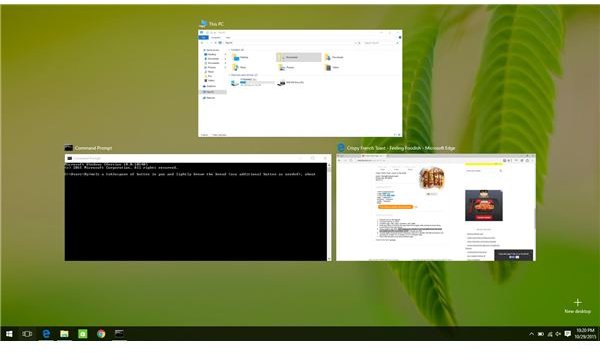Top New Windows 10 Shortcuts to Improve Productivity and Save You Time
Windows Shortcuts
If you’d like a handy reference sheet to print out Microsoft has made it easy for you. Simply head over to the Microsoft downloads site and download this handy cheat sheet. A note about the keyboard shortcuts – most of these involve the Windows Logo Key – referred to as the “Windows” key below.
A lot of the new shortcuts revolve around the implementation of Cortana. Window’s new personal digital assistant is pretty handy so getting to know the shortcuts associated can be helpful.
Windows + S – this combination will open up the focus your cursor on the search bar. From here you can ask Cortana anything from “how old is Sean Connery” to “what’s the
Windows + C – if you’d prefer to talk to Cortana you can hit this keyboard combo to force Cortana to listen to you.weather going to be tomorrow” or something as simple as searching for a file or application.
The virtual desktop is something that fans of Linux and Unix will be snickering over since this is the first Windows version to natively support multiple “virtual” desktops. Instead of cluttering up your desktop with applications you can spread them out across multiple desktops. Think of it as a poor-man’s replacement for having a single monitor.
Windows + CTRL + D – creates a new virtual desktop.
Windows + CTRL + Right Arrow (or Left Arrow) – in order to easily move between virtual desktops, use this keyboard combo.
Windows + CTRL+ F4 – this combination will close the current virtual desktop.
Along with the new virtual desktop feature, Microsoft has created a new view to see your virtual desktops. To see this Task View simply use the Windows key + TAB. This will let you see all open applications on each virtual desktop (Figure 1). You can also create a new virtual desktop from this view.
Another exciting addition to Windows 10 shortcuts is the ability to use them within the command prompt window. What’s odd though is that this feature is disabled by default. In order to enable it, open a command prompt and right click on the window. Select properties. In the properties window that opens uncheck the “Use legacy console” option (Figure 2).

Click OK and restart the command prompt window. When you open it you’ll be able to do something that you haven’t been able to do… well… ever. Hit CTRL + C to copy something from the command prompt window and use CTRL + V to paste!
